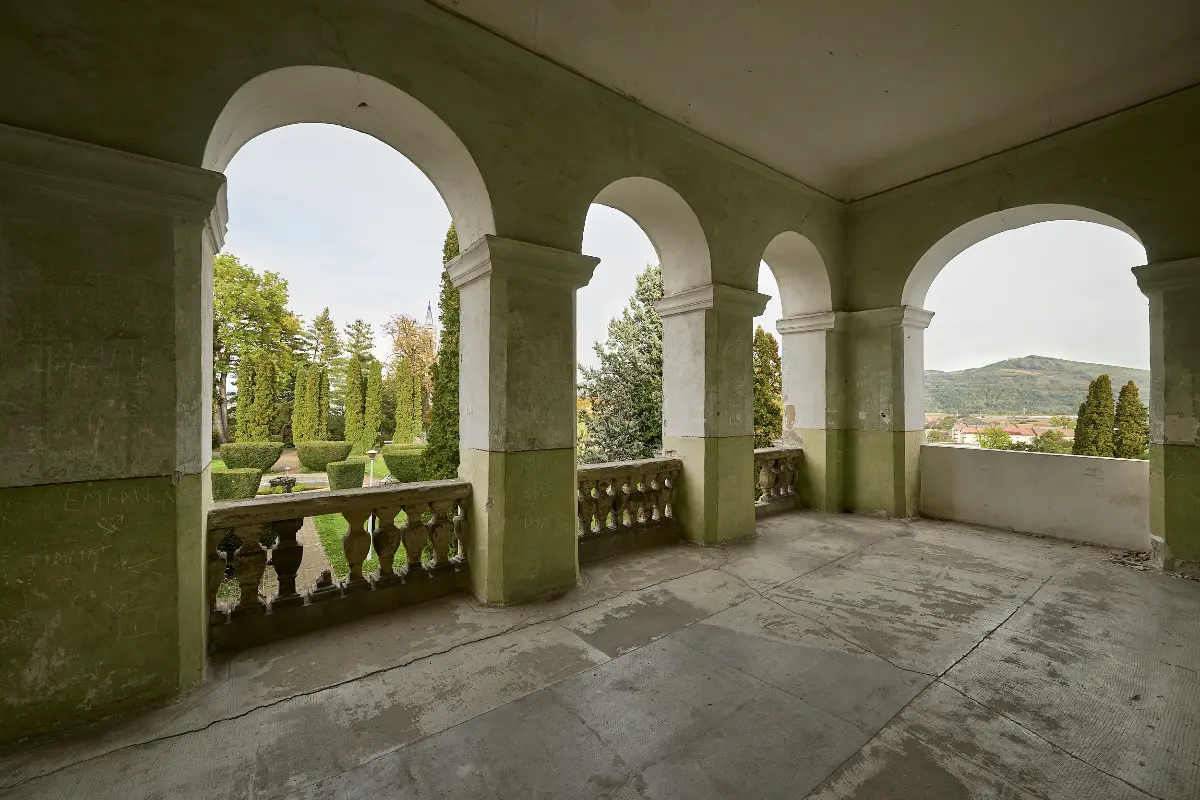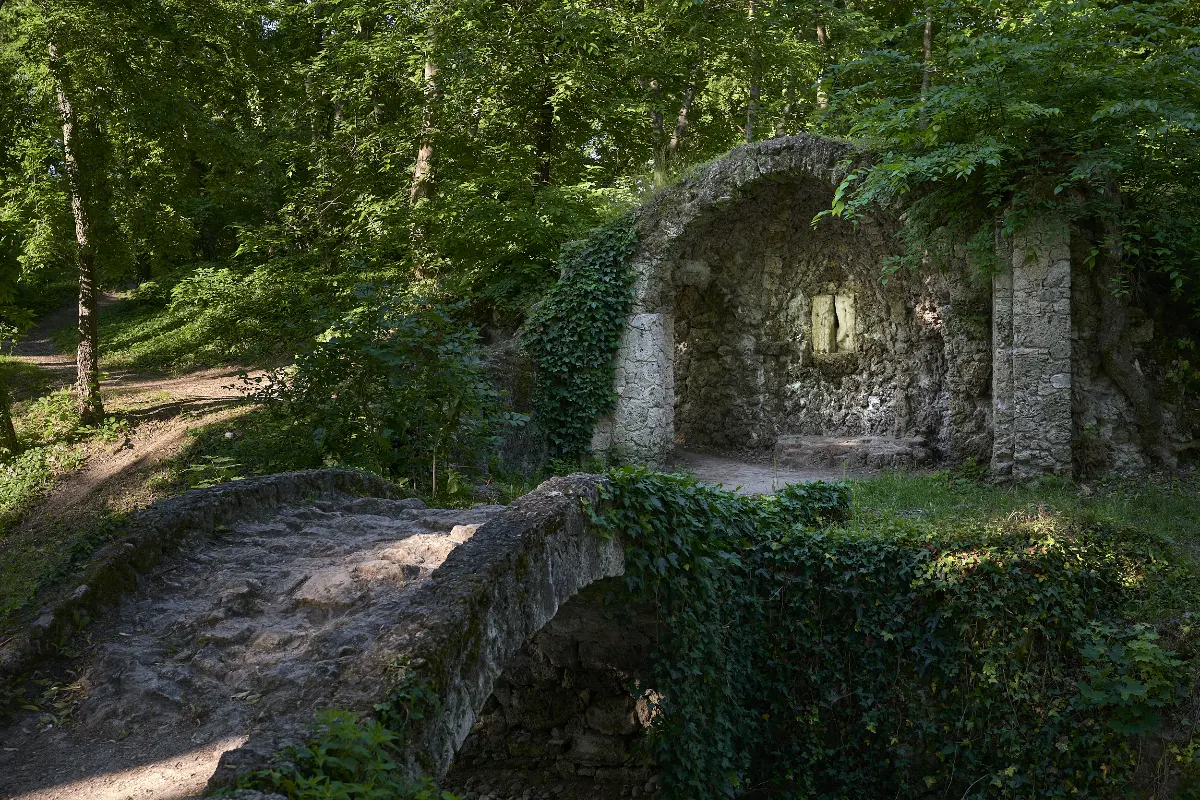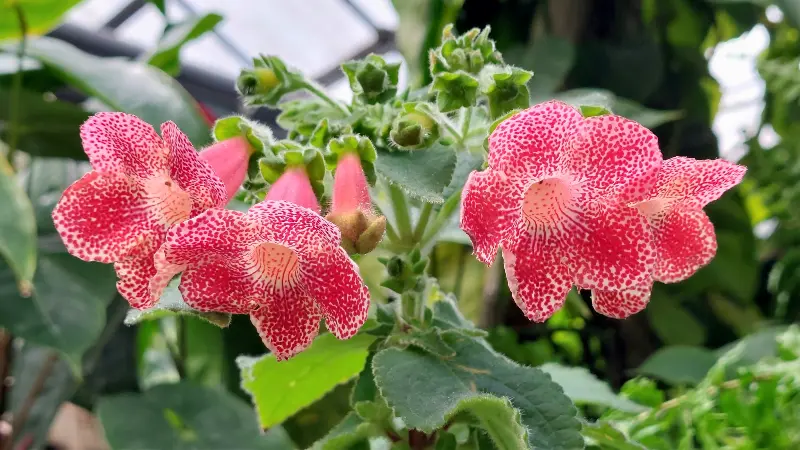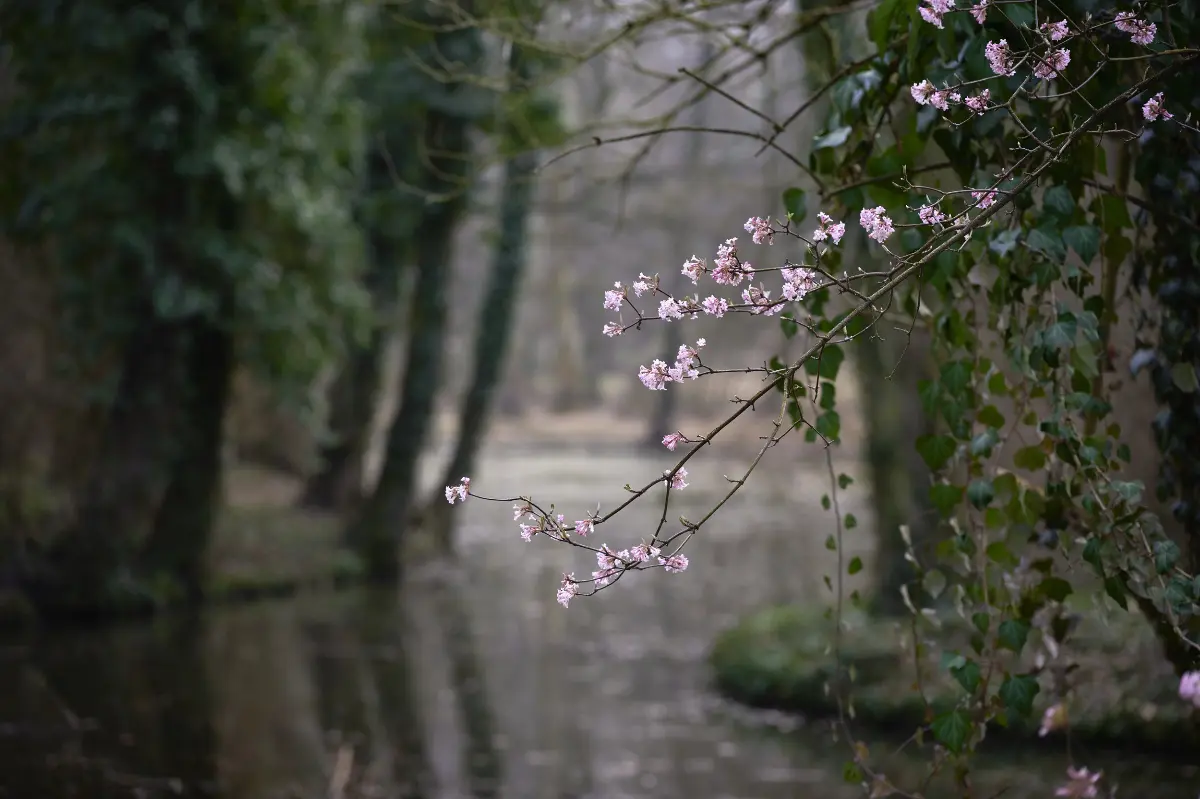
Helyszín címkék:
Journey to Paradise - Interview with Dr. Ágnes Herczeg, president of the Hungarian Garden Heritage Foundation
Hajdú Gábor
Professionals interested in tourism are also paying more and more attention to cultural tourism, which also includes garden tourism, many domestic conferences have talked about it, with the participation of well-known international actors. This summer, it was one of the main points of the EU-China tourism summit, and in the spring, the Hungarian Garden Heritage Foundation organized a forum specifically about garden tourism. What is the reason for the topic's popularity?
Based on the statistics, the already significant volume of garden tourism doubled worldwide during the Covid epidemic, as during the restrictions, cultural programmes moved out of closed spaces into nature, and as has happened many times throughout history, people rediscovered nature for themselves. Moreover, the garden is loved by most people, many can relate to it, because it contains an archetype of our ancestral image: Paradise, the archetype of the garden. That is why we relate to it in such a way that we long for this peaceful, inclusive, created world. All of this also met with the taste of the era, in which travellers now primarily want to collect experiences during their discoveries. A harmonious landscape, rows of trees covered in flowers in spring, a fountain or the babbling of a stream, a huge tree providing shade in the broiling heat, a garden bursting with autumn colours or even hiding in the silence of winter have become a significant tourist attraction. The historical gardens also functioned as cultural centres, the historical events, artistic activities, renowned guests, and artists, that make a location attractive even today, are an attraction. The advantage of garden tourism is that the gardens offer a new experience every season, thus encouraging both recurring and all-season tourism.

Can the domestic supply meet the increased demand?
A couple of years ago, together with the Hungarian Tourist Agency, we made international research on the tourism utilization of historical gardens abroad, their role in heritage protection, and how their garden tourism developed. Then we looked at the domestic situation and found that garden tourism is latently present both on the supply and on the demand side. Until now, many people have visited historical gardens, such as castle and botanical gardens, but it is not certain that they did so consciously. It is worth organizing the individual locations into a network, since making garden heritage an integral part of regional experience chains can multiply the number of conscious garden tourists, and this can contribute to extending the length of stay, i.e. increase the number of overnight stays. That is why this year we have started to work out how, according to which criteria and with the help of which sustainability models the national historical and historically valuable gardens can be organized into a network. When it comes to networking, in cooperation with tourism professionals, our task is to connect the offer elements of the given area and connect them into thematic chains of experiences, of which the garden heritage can also be an integral part.

Where can well-known gardens of historical value be found in Hungary?
There are almost two thousand historical or historically valuable gardens in Hungary, of which 400 are of special importance from an international or national point of view. It would be impossible to list them all, I would only mention a few examples: an important part of the Hungarian garden heritage is, for example, the Royal Palace of Visegrád and its garden are an important part of the Hungarian garden heritage, as it was the period of King Sigismund and King Matthias in the history of Hungarian garden art that created European-level horticultural works. Of course, this was also the case in Budavári Palace, but unfortunately that garden did not survive the storms of history. But we also have hundreds of significant rural historical English gardens, such as the Wenckheim Castle in Szabadkígyós or the Festetics Castle in Dég. Our largest baroque garden ensemble is the garden of the Esterházy Castle in Eszterháza, and few people know that the "Hungarian Versailles" created by Miklós Fényes Esterházy rivalled its namesake not only in name but also in size, since we are talking about the second largest baroque garden in Europe. We also have obviously important church and monastery gardens, just think of Pannonhalma or Tihany for example - the cultivation of gardens has always been a fundamental part of monastic life.
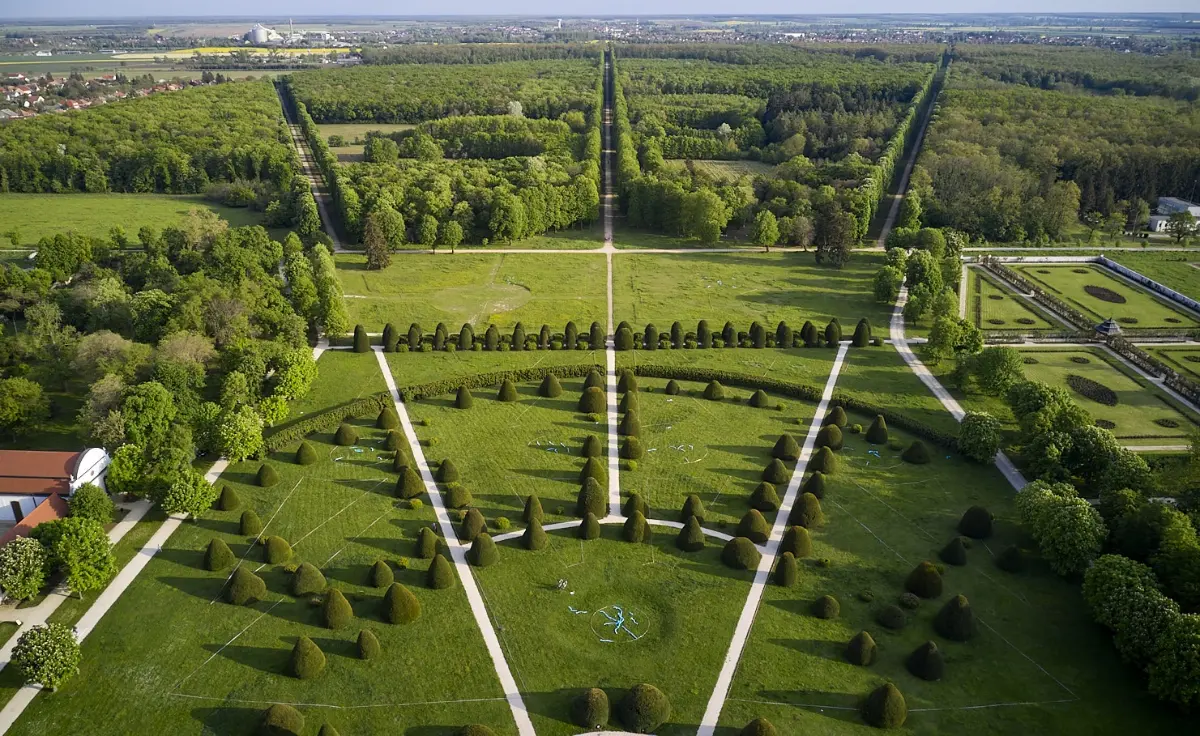
How visible is the Hungarian garden tourism offer in the international space?
Interest in Hungarian garden tourism is becoming more and more lively from foreign countries as well, which is partly due to the change in the management's attitude, as a result of which more and more cultural programmes await those interested on the garden heritage sites. A good example of this is the Fehérvárcsurgó: the European Ornamental Plant and Garden Art Days, which has been held in the garden of the Károlyi Castle for two decades, attracts a good number of foreign tourists as well. Our foundation also aims to give Hungarian garden heritage an international position and to integrate it into international organisations. As a member of the European Route of Historic Gardens, part of the European Council’s Cultural Routes network, we have connected Hungarian gardens to the international network of historic gardens. The baroque garden ensemble of Eszterháza ensemble was the first to be included, then the gardens of the Károlyi Castle in Fehérvárcsurgó and the Royal Castle of Gödöllő were also included in the circle. I consider it a huge success that there are already three Hungarian gardens among the forty such gardens in Europe, and we will aim to increase this number in the future. It is important to mention that the Hungarian garden heritage also includes gardens beyond the border. It is a gratifying fact that, like in Hungary, more and more gardens in the territory of historical Hungary are being renewed. For those who perceive the landscape as culture, the gardens of the Carpathian Basin offer endless opportunities for experience.
